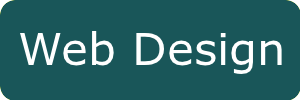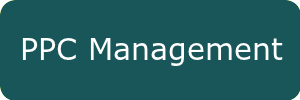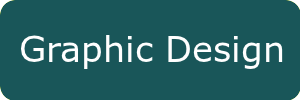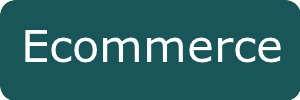Every day, thousands of web pages are being created. Some will create them for their businesses, and others will create them for content focused sites (blogs). No matter what the purpose of a site, successful web page design is the key distinguishing factor between a good website and a great website. Below are some common characteristics of successful web pages.
Websites Must be Aesthetically Pleasing
A website, in most cases, must be pleasing to the eye. Several factors that influence aesthetics on a web page include:
- Font sizing – Not too small and not too big
- Font choice – Do not use unreadable, jumbled fonts without a purpose
- Logo – Is the logo indicative of the web page? Is it designed well?
- Use of colors – Use colors that make words legible, and colors that don’t clash
- Layout – Is the layout intuitive? Do visitors know where to go for content or products?
- Ad placement – Do the ads fit in naturally or do they clutter and distract?
- Use of white space – Are you correctly using blank space in your themes and layout?
Relevant Content
Relevant content is just as important for product sites as it is for content sites. Not only will having high quality, relevant content improve your search engine rank, it will also create a positive browsing experience for your audience. Content with no context on the site becomes clutter that can take up necessary space and detract from overall quality.
Efficient Navigation
Navigation is important for websites to reduce their bounce rate and stay organized. Many times visitors will leave a website because they have no compelling reason to stay.
Product websites should focus navigation on consumer persuasion or closing sales, while content websites should focus navigation into channels that organize their hundreds or thousands of content postings.
Call to Action
Calls to action are executed in a different manner on content sites and product sites, but are equally important on both. A call to action on a product site would ask for a direct sale or subscription, while a call to action on content site could ask for an email to be notified of future blog posts.
You should constantly test which calls of action work best for your web page and offerings. Urging your visitors to take action can be the most critical step in running a successful business.
Cross Channel Optimization
You want to make sure your web page runs smoothly on different channels including devices (mobile, desktop) as well as different browsers (Firefox, IE, Edge, Chrome, Safari).
Most web page creation tools come with plugins, widgets, or paid programs that contain analytics offerings. You can use some of these tools to find out where most of your traffic is coming from, and optimize your site to fit the needs of the visitors.
If you find that 60% of your traffic is from mobile, you will need to place a greater emphasis on how your web page is viewed from a phone or tablet.








